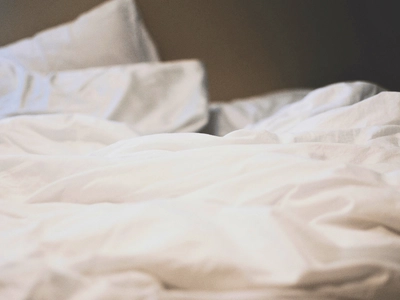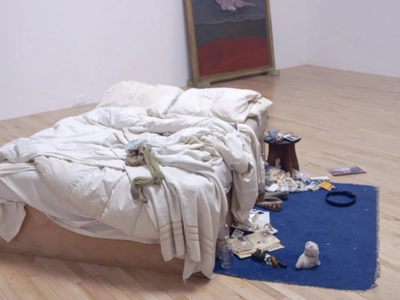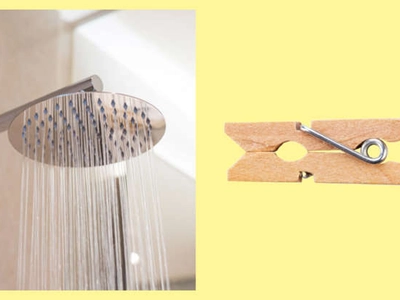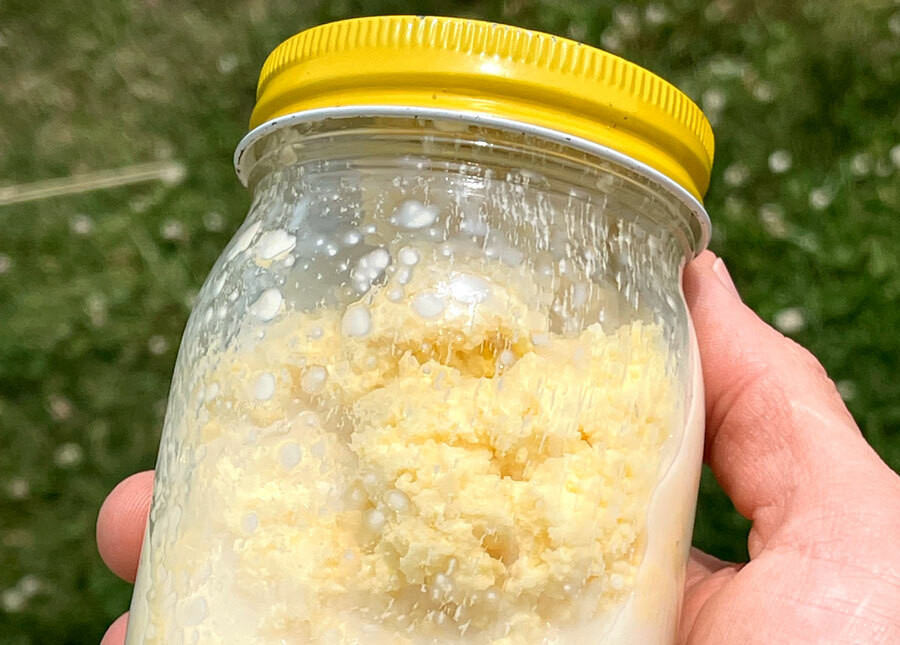## A Peculiar Neighborhood Situation
For several weeks, my next-door resident displayed her undergarments directly beside my young son's bedroom window. When he innocently questioned if her thongs were actually slingshots, I realized I needed to address this uncomfortable situation immediately.
Our neighborhood existed in harmony until Lisa arrived in the house next to ours. Initially, everything seemed normal, but her clothes-drying practices soon created an awkward problem.
The issue began on a specific Tuesday. I recall this clearly because I was organizing laundry, folding a substantial collection of superhero underwear that Jake, my eight-year-old, adored.
That particular Tuesday, while sorting Jake's superhero-themed briefs, I looked out toward his bedroom window and almost choked on my coffee. There, swaying with the breeze, hung a vibrant pink, delicate pair of undergarments.
This wasn't an isolated item. A complete array of multicolored underwear fluttered outside, directly facing my son's window.
"Good grief," I whispered, releasing a Batman-printed pair from my hands. "Is this a drying line or an exhibition?"
Jake, positioned just behind me, inquired, "Mom, why does Mrs. Lisa put her underwear outside?"
My cheeks flushed as I answered, "Well, she probably enjoys... fresh-scented laundry. Let's draw the curtains and respect her laundry's privacy, alright?"
Jake continued curiously, "If her underwear needs fresh air, shouldn't mine go outside too? Maybe my Hulk underwear could socialize with her pink pairs!"
Suppressing my amusement, I explained, "Sweetheart, your underwear is quite reserved. It prefers staying indoors where it's comfortable."
As we exited the room, I thought to myself, "What an introduction to the neighborhood, Kristie. I hope you packed your humor along with your belongings."
### The Ongoing Underwear Display
The pattern continued for days, with Lisa's laundry becoming a regular sight. Every morning, fresh underwear appeared near Jake's window, forcing me to constantly divert his attention.
One day while preparing Jake's snack, he rushed in with a look of curiosity that activated my parental instincts.
"Mom," he questioned, "why does Mrs. Lisa have underwear in so many different colors? And why are some so small? With strings attached? Are they designed for a small pet?"
I nearly dropped my peanut butter knife. "Well, darling, different people prefer different styles of clothing. Even the less visible items."
Jake considered this thoughtfully. "So like how I prefer superhero underwear, but adults choose different styles? Does Mrs. Lisa fight villains at night? Is that why her underwear is minimal? For better movement?"
I struggled between laughter and concern. "Not exactly. Mrs. Lisa is just... very self-assured."
Jake appeared slightly disappointed but quickly brightened. "If she displays her underwear outside, could I hang mine too? My Captain America boxers would look fantastic blowing in the wind!"
I gently touched his hair. "No, buddy. Your underwear is special. It must remain hidden—to safeguard your secret identity."
While Jake contentedly consumed his snack, I peered outside at Lisa's continuous underwear exhibition.
I had reached my tolerance limit. The moment had arrived to speak with our excessively demonstrative neighbor.
### The Great Laundry Confrontation
I pressed Lisa's doorbell, displaying my most diplomatic neighbor expression—identical to the one I use when persuading homeowners' association members that my decorative garden statues are "creative," not "tasteless."
Lisa appeared at her door, looking immaculately groomed like a hair product advertisement model.
"Hello there! You're Kristie, correct?" she asked with a slight frown.
"Yes, that's me! Lisa, I need to discuss something with you."
She reclined against her doorframe, lifting one eyebrow. "Really? Do you need to borrow sugar? Or perhaps some fashion sense?" She scrutinized my casual attire and loose shirt.
I inhaled deeply, reminding myself about maintaining composure. "It concerns your laundry. Particularly, its location."
Lisa appeared puzzled. "My laundry? What's the issue? Too fashionable for this area?"
"Actually, it's positioned directly in front of my child's window. Specifically, your undergarments. It's somewhat explicit. Jake has started asking questions. Yesterday, he mistook your thong underwear for projectile toys."
Lisa chuckled. "Oh please. They're simply clothing items! I'm not displaying classified information. Though, confidentially, my animal-patterned swimwear bottoms are quite attention-grabbing."
I felt irritation rising. "I understand, but Jake is only eight years old. This morning, he requested permission to hang his superhero underwear beside your 'hero equipment.'"
Lisa grinned condescendingly. "Sounds like an excellent educational opportunity. You're welcome for the free life lesson. Besides, why should this concern me? It's my property. My decisions."
"Pardon me?"
Lisa dismissed my concern with a hand gesture. "If some underwear distresses you so much, perhaps you should relax. Or better yet, purchase more attractive underwear. I can provide recommendations."
Then she forcefully closed her door. I remained motionless, shocked by her response.
"This means confrontation," I muttered while walking away. "You want to escalate this laundry dispute, Lisa? Challenge accepted."
### Project: Enormous Traditional Underwear
That evening, I operated my sewing machine, examining the most garish fabric available—so vivid it could potentially be visible from aircraft.
"You believe your delicate items attract attention, Lisa?" I said quietly, guiding the material through my machine. "Just wait and see."
Several hours later, I completed my creation: the largest, most conspicuous pair of traditional female underwear ever made. They were expansive enough to function as a sail.
The following afternoon, I waited for Lisa's departure. Then, armed with my giant pink-bird-patterned underwear and an improvised clothesline, I sneaked into her yard.
I suspended my creation directly before her main window. Stepping backward, I appreciated my work. The massive traditional underwear moved impressively with the wind, large enough to provide shade for multiple people.
"Consider this reciprocity, Lisa," I whispered, hastily returning home. "Let's observe how you respond to similar treatment."
Inside my house, I positioned myself near the window, anticipating like an excited child awaiting presents.
Eventually, Lisa's vehicle entered her driveway. She emerged holding numerous shopping bags—and stopped suddenly. Her mouth opened wide. The packages fell from her grasp, scattering their contents across the ground.
I noticed a spotted undergarment tumble across her yard. How elegant, Lisa.
"WHAT IN THE WORLD?!" she yelled. "Is that a parachute? Has a traveling show arrived?"
I erupted in laughter, with tears streaming as she rushed toward the enormous underwear, pulling at them like a small dog attacking something much larger.
Still chuckling, I walked outside. "Hello Lisa! Changing your decoration style? I admire your new aesthetic—so daring!"
She faced me, her complexion matching the pink birds on my creation. "YOU! You created this! What is your problem? Are you attempting to communicate with planes overhead?"
I raised my shoulders casually. "Just drying some laundry. Isn't that our neighborhood custom?"
"This isn't laundry!" Lisa screamed, gesturing wildly at the giant traditional underwear. "This is... this is..."
"A chance to learn?" I suggested with a pleasant expression. "Jake was quite interested in how underwear responds to wind. I thought a practical example would be instructive."
Lisa's mouth moved wordlessly like a suffocating aquatic creature. Finally, she managed to say, "Remove. It. Now."
I touched my chin, feigning consideration. "Well, I'm uncertain about that. It receives excellent ventilation. Really allows proper airing, you understand? Additionally, I believe it enhances our community aesthetics. Nothing represents 'sophistication' better than supersized novelty underwear."
Momentarily, I believed Lisa might lose control. But surprisingly, she released a deep breath, her posture relaxing.
"Alright," she reluctantly conceded. "You've prevailed. I'll relocate my laundry. Just remove this object immediately. It's visually offensive."
I smiled and extended my hand. "Agreed. Though I must say, Lisa, flamingo patterns complement you nicely."
She exhaled but accepted my handshake.
As we separated, I added cheerfully, "Also, Lisa? Welcome to our community. We all exhibit some eccentricity... some of us simply conceal it better."
Following this incident, Lisa ceased hanging her laundry opposite Jake's window. She never referenced the situation again, and I avoided further exposure to her "educational displays."
Regarding myself? I now use that distinctive flamingo-patterned fabric as window coverings. Why waste quality material, correct?
Jake felt somewhat disappointed that the "underwear slingshots" disappeared, but I explained that genuine heroes maintain underwear secrecy. And if he ever observes giant flamingo underwear flying through the atmosphere? That's simply Mom, protecting the neighborhood—through one absurd prank at a time!
**Disclaimer:** This narrative draws inspiration from actual occurrences but has been fictionalized for creative purposes. Names, individuals, and specifics have been altered for confidentiality. Any similarity to real persons or incidents is completely unintentional.






